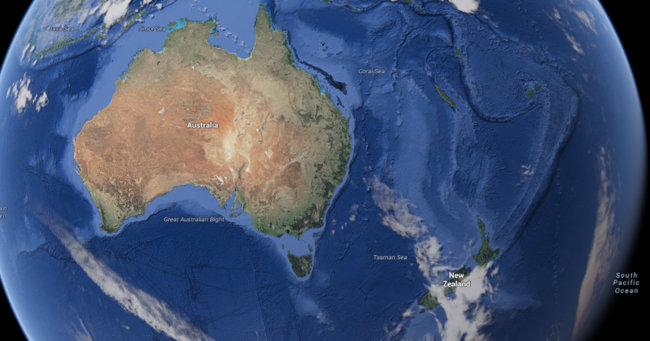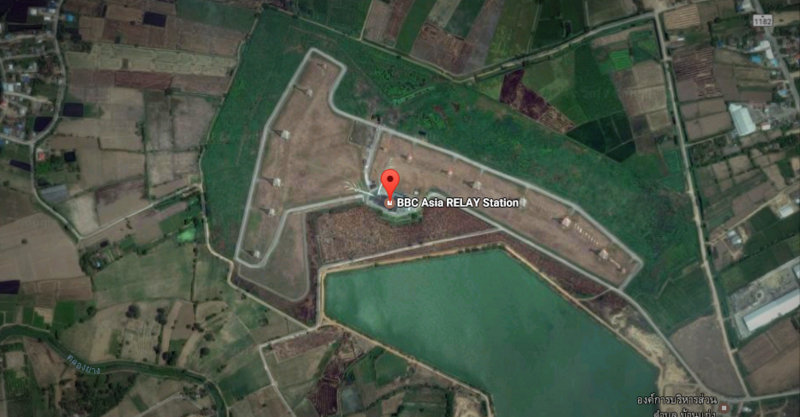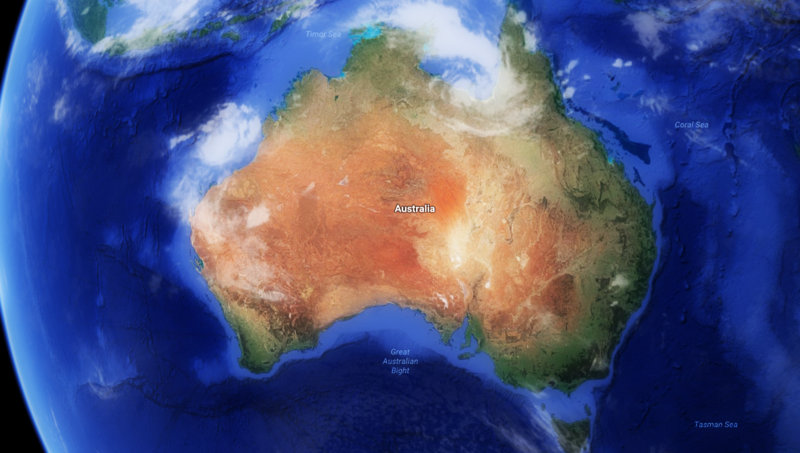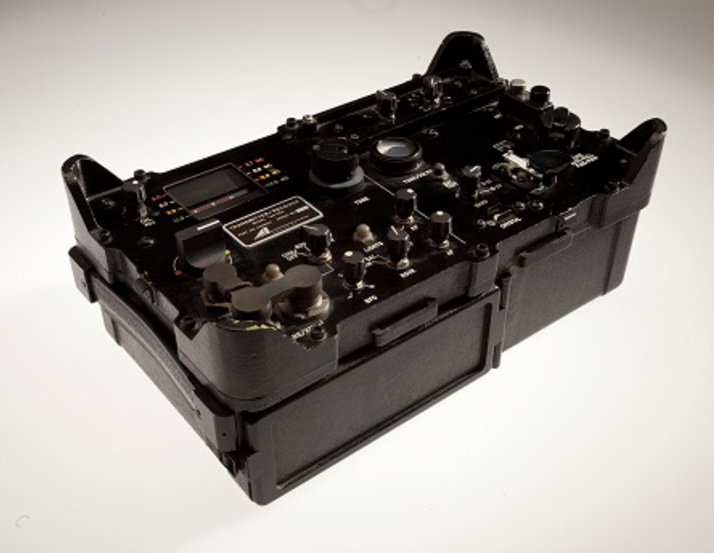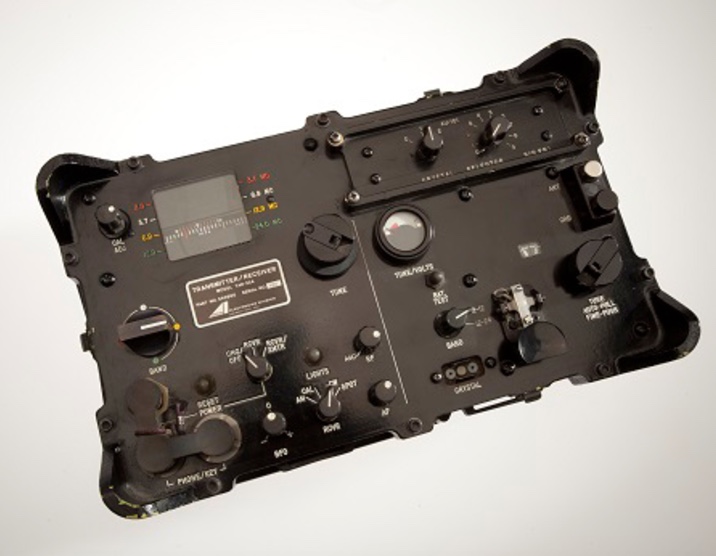 Many thanks to SWLing Post contributor, Tom Ally, who writes:
Many thanks to SWLing Post contributor, Tom Ally, who writes:
I remember that article you wrote about Wi-fi radios and just saw this Kickstarter on Facebook that may interest you:
https://www.kickstarter.com/projects/1209003580/mondo
[T]hey are saying it is supposed to ship out sometime next month. [S]ome of the things it has –over the old Mondo–is Bluetooth 4.1 and Chromecast built in.
Thank you, Tom! Here’s the product description from Kickstarter:
The home audio market is evolving, and Grace Digital is leading the way. We combined the latest Wi-Fi audio streaming technologies from Google, added Bluetooth audio streaming, and over 30,000 AM/FM/HD radio stations from around the corner to across the globe. The Grace Mondo+ can even be controlled by the Google Assistant on devices like Google Home, the front panel controls, free smartphone apps, or the included remote control. We wrapped the technology in a beautifully crafted cabinet, and drive the audio with custom made speaker drivers and high performance class D digital amplification, ensuring the best possible listening experience in a perfectly compact design. We hope you love the Mondo+ as much as we do!
This is an “all or nothing” campaign, meaning it’ll have to be fully funded for the production run to become reality.
As a Kickstarter supporter, the pricing is in line with the Grace Digital Mondo (we reviewed last year).
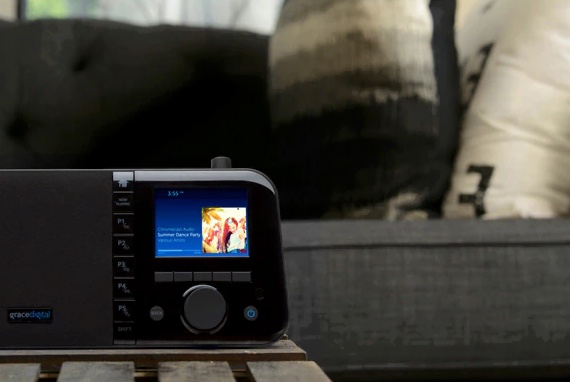
I am still quite happy with my Como Audio Solo, so will not plan to back the Mondo+ at this time. If I was interested, I would splurge for the $174 Early Bird package which includes a Lithium Ion battery pack. Shipping could be as early as April 2017.
Check out full details and a video on Kickstarter.
Thanks, Tom, for the tip! I would certainly welcome a review of the Mondo+ from any Kickstarter backers!


